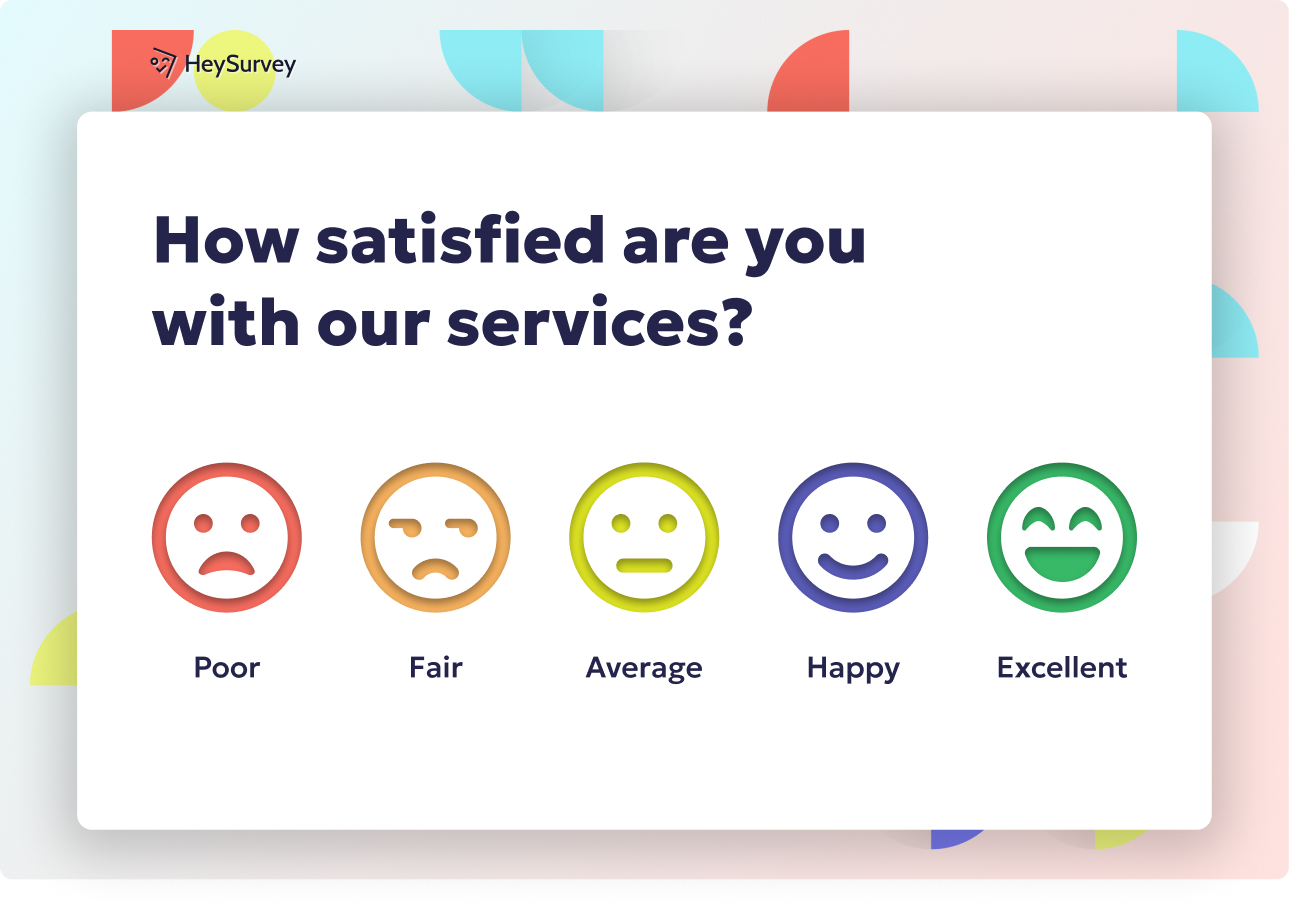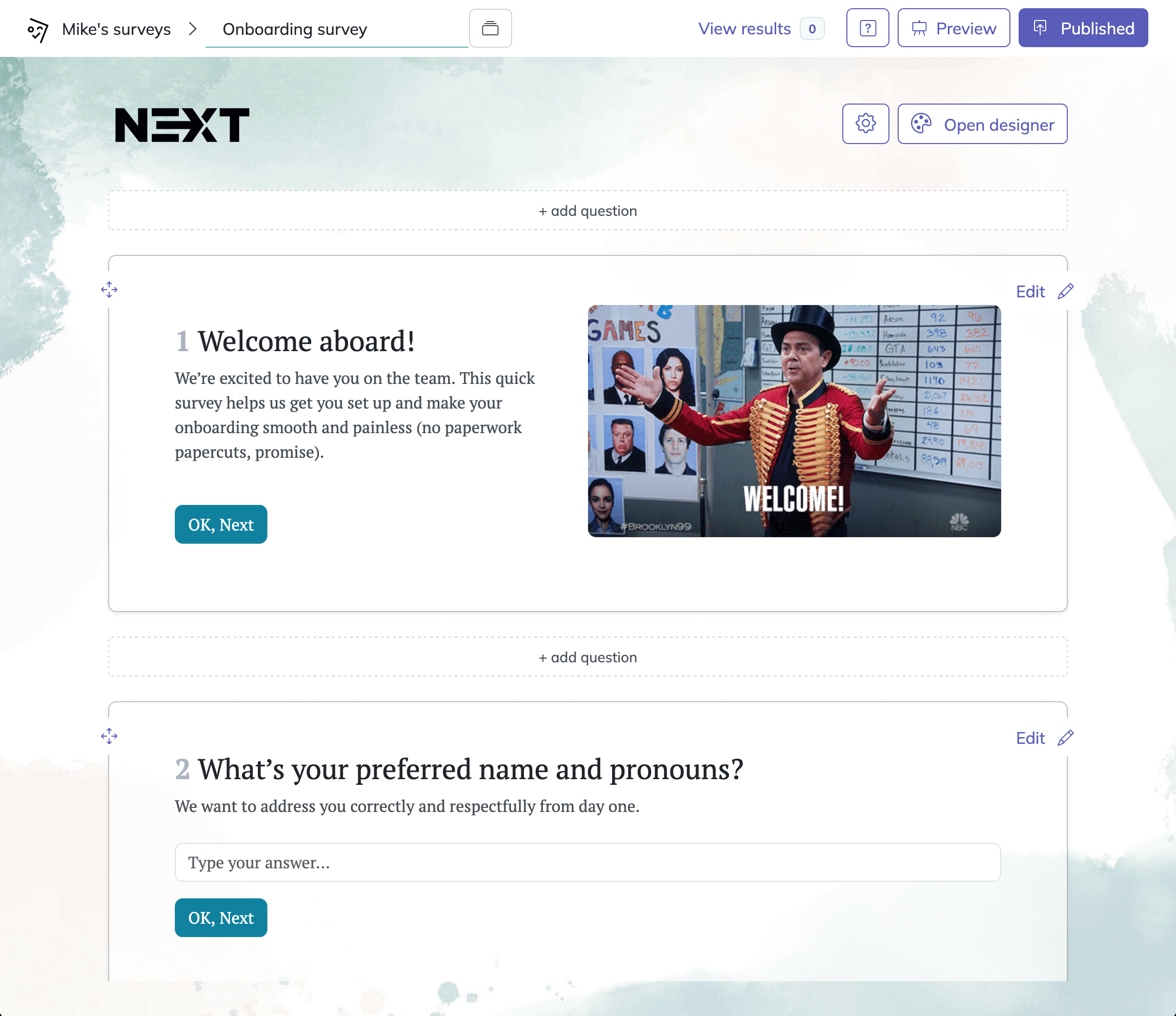29 Social Isolation Survey Questions to Measure Loneliness
Explore 26 effective social isolation survey questions—including Likert scales, yes/no, and open-ended types—to measure and understand isolation deeply.
Understanding whether someone feels alone or is actually isolated from others matters—a lot! While loneliness and social isolation often get used interchangeably, they aren't twins. One is a feeling, the other an objective gap in social connections. Organizations, researchers, and HR teams deploy social isolation survey questions to evaluate program results, remote worker wellness, and well-being in elder care. In this article, we’ll break down different types of survey questions: from Likert scales to network mapping. If you’re hunting for inspiration or templates to measure social isolation, you’re in the right place.
Likert-Scale Questions for Measuring Perceived Isolation
Why Use Likert Scales for Isolation?
Likert-scale survey questions are beloved by researchers and HR pros for a reason. They balance specificity with flexibility, letting you capture shades of gray in just a few clicks. Instead of a simple yes or no, respondents slide along a 5- or 7-point agreement scale (think: Strongly Disagree to Strongly Agree). This approach checks how much people identify with feeling solo, supported, or somewhere in between. It’s ideal for before/after evaluations, comparing groups, or tracking social well-being trends over time.
When benchmarking how folks feel—whether in workplaces, student bodies, or older adult communities—Likert questions help capture shifts in perceived social connection. Likert items uncover subjective feelings, revealing not just if isolation exists, but how intensely it’s felt.
Sample Likert-Scale Social Isolation Survey Questions
These sample questions are structured to reveal different aspects of perceived isolation or connection. Each asks for a response along a scale such as Strongly Disagree to Strongly Agree.
I feel left out of social gatherings.
I have people I can turn to for emotional support.
My relationships are as satisfying as I want them to be.
I often feel like an outsider.
I feel connected to the community where I live.
How & When to Deploy Likert Items
- Program benchmarking: Use them pre- and post-interventions to see if people feel more connected.
- Statistical modeling: Pair them with health/demographic variables to uncover predictors and trends.
- Group snapshotting: Track where specific groups (like new remote hires) fall on the isolation spectrum.
Keep in mind: - Likert items play nicely with others. Mix them into broader surveys for a fuller picture. - Responses offer not just numbers, but reasons for bigger stories. - These scales fit everything from universities to care homes to massive organizations.
When measuring isolation—especially when it’s nuanced, hard to crystallize, and slightly subjective—Likert-scale survey questions are a trusty first line of inquiry. Don’t forget to test your question language for clarity and accessibility to ensure robust data!
The UCLA 3-item Loneliness Scale is the most commonly used and efficient tool for measuring loneliness, taking less than a minute for self-administration. (pubmed.ncbi.nlm.nih.gov)
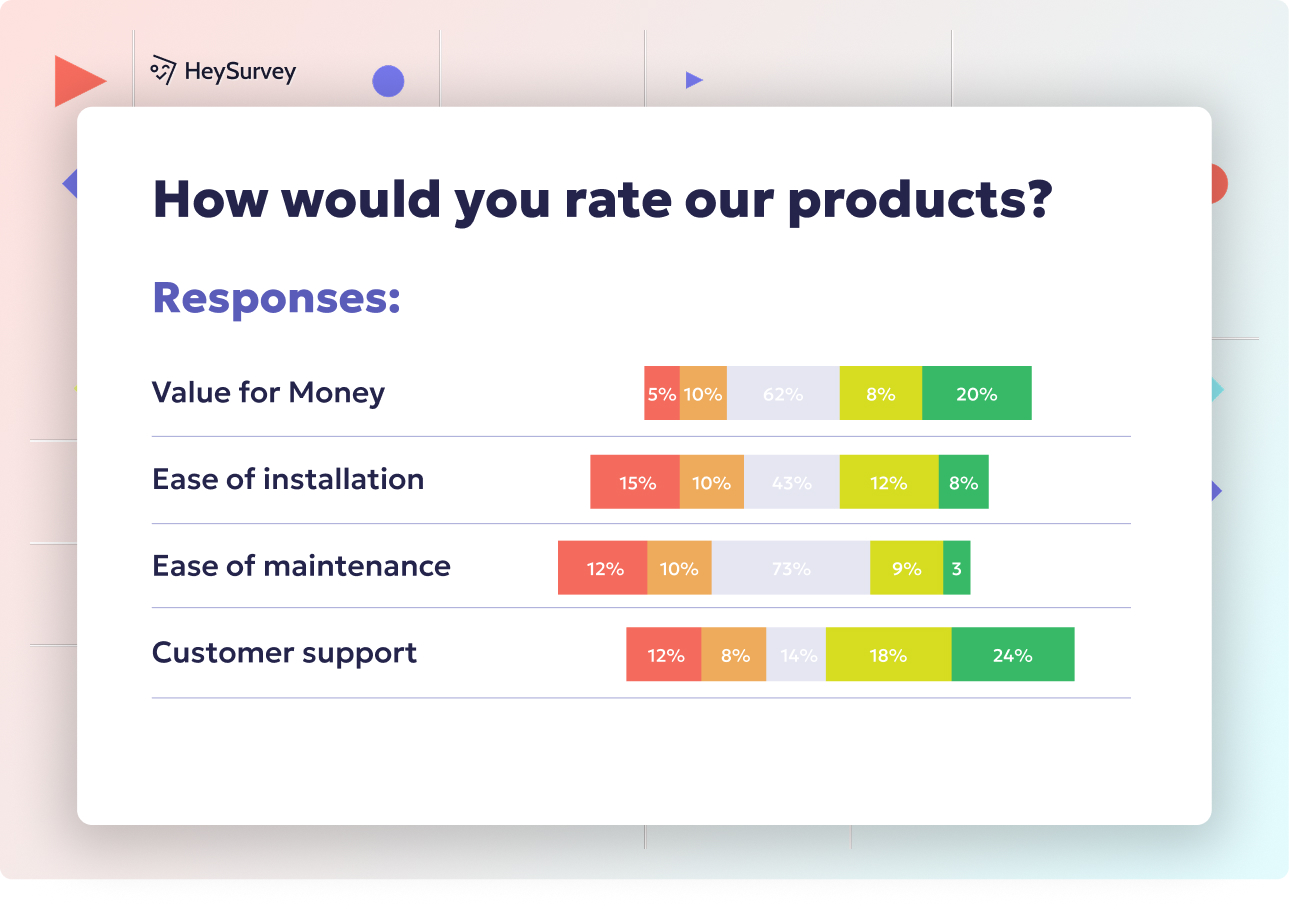
Creating your social isolation survey with HeySurvey is a breeze—even if you’re new to it! Here’s a quick rundown in three simple steps to get you started right away, with some bonus tips to polish your survey like a pro.
Step 1: Create a New Survey
- Head over to HeySurvey and click Create New Survey.
- Choose how you want to start: either with a blank template, a pre-built social isolation survey template, or by typing in your questions directly.
- Give your survey a clear name to keep things tidy (this helps later when you have multiple surveys).
Step 2: Add Questions
- Click the Add Question button to begin adding your questions.
- Pick your question types from the menu—such as Likert scales for feelings, yes/no for quick screening, or open-ended for stories.
- Enter your question text exactly or customize it as you like. You can make questions required to ensure you get all the data you need.
- Don’t forget to add images or descriptions if they help clarify the question.
- Use branching logic if you want certain questions to appear only based on previous answers.
Step 3: Publish Your Survey
- Hit the Preview button to test how your survey looks and flows.
- When you’re happy, click Publish—you’ll need to log in or create a free account if you haven’t already.
- Copy the shareable link to send to your audience or embed it on your website.
Bonus Steps to Level Up Your Survey
- Apply Branding: Upload your logo and tweak colors and fonts in the Designer Sidebar to make the survey feel uniquely yours.
- Define Settings: Set start/end dates, limit responses, or define a completion redirect URL in the Settings panel.
- Skip Into Branches: Use the branching feature to create a personalized survey path, ensuring respondents only see relevant questions.
Ready to dive in? Just click the button below to open the social isolation survey template and start customizing!
Dichotomous (Yes/No) Screening Questions
What Are Dichotomous Questions, and Why Use Them?
If you’re on a time crunch, dichotomous (yes/no) questions offer a lightning-fast way to screen for social isolation. These are the survey equivalent of dipping a toe in the water before deciding if a deeper dive is needed. Did you talk to anyone today? Yes or no. Did you bail on plans last month? Yes or no. Simple, clean, and easy to tally up.
These questions are great for frontline triage. Deploy them at the beginning of surveys to identify who might need more support or who qualifies for deeper evaluation. Dichotomous questions are especially handy in massive population studies, quick workplace pulse checks, and initial screens in health/clinical settings.
Sample Yes/No Social Isolation Survey Questions
These straightforward questions spot the presence (or absence) of isolation markers.
In the past two weeks, have you felt isolated from others?
Do you currently live alone?
Do you have at least one person you can call in an emergency?
Have you avoided social events you were invited to during the last month?
Have you gone a full day without speaking to another person (in-person or virtually) in the past week?
When & How to Use These Quick Screens
- Screening in surveys: Start with these before moving to deeper, scale-based questions.
- Basic triage: In clinics or employee wellness checks, use them to spot potential issues needing follow-up.
- Large-scale studies: Save time (and survey fatigue) when working with huge groups.
Keep these tips handy: - Dichotomous questions quickly flag risk. - Use them to filter who gets extended survey sections. - Keep questions neutral and judgment-free for honest answers.
For surfacing the basics—fast—these yes/no social isolation survey questions deliver clarity every time.
Dichotomous questions, such as "Do you currently live alone?" and "Do you have at least one person you can call in an emergency?", are effective for quickly identifying social isolation in older adults. (bmcpublichealth.biomedcentral.com)
Frequency-Based Behavioral Questions
Why Frequency-Based Behavioral Items Matter
Want to move beyond “feelings” to “doings”? Frequency-based behavioral questions connect emotional data to concrete actions, like how often someone eats with others or participates in clubs. Instead of asking if a person feels isolated, you explore what they actually do (or don’t do) socially.
These questions translate intuition into numbers that drive targeted programs. They help organizations and wellness teams identify behavioral patterns of isolation, making them gold for intervention design, setting baselines, and correlating actions with health outcomes.
Sample Frequency-Based Social Isolation Survey Questions
For each, respondents choose from a range like Never, Rarely, Sometimes, Often, or Always.
How often do you eat meals with someone else?
How frequently do you initiate contact with friends or family?
During a typical week, how many days do you leave your home for social reasons?
How often do you participate in group activities or clubs?
How frequently do you use video calls to interact with others?
When and Why to Use Frequency Questions
- Targeted interventions: Spot specific “weak links” in social engagement for tailored support.
- Baseline tracking: Benchmark social interaction before, during, and after big life changes (like a switch to remote work).
- Health correlations: Pair with well-being measures for a richer risk analysis.
When crafting these questions: - Use specific, simple language to capture accurate actions. - Frequency-based items quantify real-world isolation. - Toggle the frequency scale to fit local context (weekly, monthly, etc.).
Understanding how often connections occur reveals both needs and opportunities for deeper bonds.
Social-Network Mapping Questions
What is Social-Network Mapping?
It’s not just about who you know—it’s about how many, how diverse, and how close these people are. Social-network mapping survey questions tease out the structure, size, and supportiveness of a person’s network. Think of it as plotting a “connection constellation” instead of just counting stars.
These questions dig much deeper than simply measuring interaction frequency. By charting network diversity and proximity, you can identify individuals hidden in plain sight—those surrounded by people but still isolated. Great for gerontologists, epidemiologists, and corporate HR looking to prevent structural isolation from flying under the radar.
Sample Social Network Mapping Survey Questions
Each item uncovers a different layer of the respondent’s social web.
How many people do you consider close friends?
List up to five people you interact with weekly and note your relationship to each.
Of your close contacts, how many live within 15 minutes of you?
How diverse (age, culture, profession) is your social circle?
How many coworkers have you communicated with outside formal meetings in the past month?
Why & When to Use Social Network Mapping
- Gerontology: Map out support for older adults at risk of isolation.
- Workplace: Spot weak ties or siloed teams in organizations.
- Epidemiology: Model how social structure impacts public health.
Essential tips for social network surveys: - Make sure people know network-mapping reveals support structure gaps. - Clarify “close contact” for consistent answers. - Consider privacy and trust—people might not want to “name names.”
By mapping these connections, organizations can move from gut instincts to actionable plans to boost connection and well-being.
The Lubben Social Network Scale (LSNS) is a validated tool designed to assess social isolation by measuring the size, closeness, and frequency of contacts within an individual's social network. (nap.nationalacademies.org)
Open-Ended Reflective Questions
Unlocking Stories and Root Causes
Numbers are useful–but narratives are magic. Open-ended, reflective survey questions let respondents share their stories, elaborate on their barriers, and reveal personal definitions of social isolation. Think of these as conversation starters within your survey. They’re not limited by tick boxes or pre-set scales.
These prompts help researchers and organizations fish for context, spot themes, and uncover root causes missed by quant-heavy instruments. They also make program feedback loops richer by capturing quotes and colorful perspectives you simply can’t get from checklists.
Sample Open-Ended Social Isolation Survey Questions
Give space for in-depth answers on these reflective prompts:
Describe a recent moment when you felt most socially connected.
What barriers keep you from engaging with others as much as you’d like?
How has remote work or study influenced your sense of isolation?
What types of support would help you feel less isolated?
In your own words, how do you define ‘social isolation’?
When and Why to Include Qualitative Prompts
- Early exploration: Use before launching new programs to surface unknown needs.
- Mixed-methods: Layer rich stories over stats for meaning and clarity.
- Feedback time: Gather quotes to make evaluation reports or presentations sparkle.
Best practices for open-ended questions: - Open-ended prompts dig deep into root causes. - Avoid steering answers; let respondents interpret for themselves. - Expect variety—from poetic to matter-of-fact. All are meaningful.
Including open-ended questions gives you a direct line to respondents’ lived realities, letting you spot both challenges and bright spots you’d otherwise miss.
Demographic & Contextual Questions (Control Variables)
Why Demographic Context Should Never be Skipped
Ever wonder why two people with the same score on a survey might need totally different support? Cue demographic and contextual survey questions. These gems add vital color, contour, and nuance. They help you slice and dice your results—by age, work situation, living arrangement, or access limitations—so you can target your programs with laser precision.
Always include demographic questions in your survey. A list of faces, places, and circumstances transforms your data from “interesting” to “actionable.” Otherwise, you risk making wildly incorrect assumptions based on incomplete portraits. Contextual variables are your secret weapon for avoiding embarrassing confounds and tailoring help where it’s actually needed.
Sample Demographic & Contextual Survey Questions
Ask respondents to check off or elaborate on the background factors most relevant to them.
Which of the following best describes your current living arrangement?
How many hours per week do you work remotely?
What is your primary mode of communication with friends/family?
Do you have any mobility limitations that affect socializing?
How long have you lived in your current community?
When & Why to Deploy These Controls
- Segmentation: Compare “high isolation” scores by age, living situation, or work circumstances.
- Intervention tailoring: Design supports that actually fit people’s real lives.
- Data quality: Catch outliers or unexpected patterns before they trip up your results.
Keep these in mind: - Use simple, inclusive demographic wording that doesn’t alienate. - Pair with main survey items for robust cross-tabs and segmentation. - Review privacy standards so respondents feel confident disclosing sensitive information.
With the right demographic and contextual questions, you turn survey data from mere numbers into stories about people’s everyday realities.
Dos and Don’ts for Crafting Social Isolation Surveys
Dos – The Right Moves
- Do use neutral language so people answer honestly.
- Test your survey with a diverse group before rolling it out.
- Keep responses anonymous to boost trust.
- Combine quantitative scales with open-ended questions for richer insights.
- Always include links or resources for those at risk of isolation.
Don’ts – Common Pitfalls
- Don’t use leading questions that point respondents to a “right” answer.
- Don’t pile on jargon or specialized phrases—keep it simple.
- Don’t ignore differences in life-stage, culture, or job type.
- Don’t rely on a single type of question (variety reveals more).
- Don’t forget to get ethical approval or inform people how their info will be used.
Crafting a great survey is both an art and a science. Mix question types thoughtfully and design with empathy. Double-check your instructions, because even the best questions flop if they confuse people before they even start.
Surveys that are clear, respectful, and supportive get the most thoughtful responses and, ultimately, the richest data.
Conclusion & Next Steps
Using a blend of question styles brings social isolation into sharper focus, revealing both numbers and narratives. Tailor and refine your sample social isolation survey questions to fit your unique crew—and never stop adjusting based on what you learn. Smart surveys drive smart support, and every round brings you one step closer to a more connected community. Keep your approach fresh, ethical, and inclusive. Connection is only a question (or five) away!
Related Health Survey Surveys
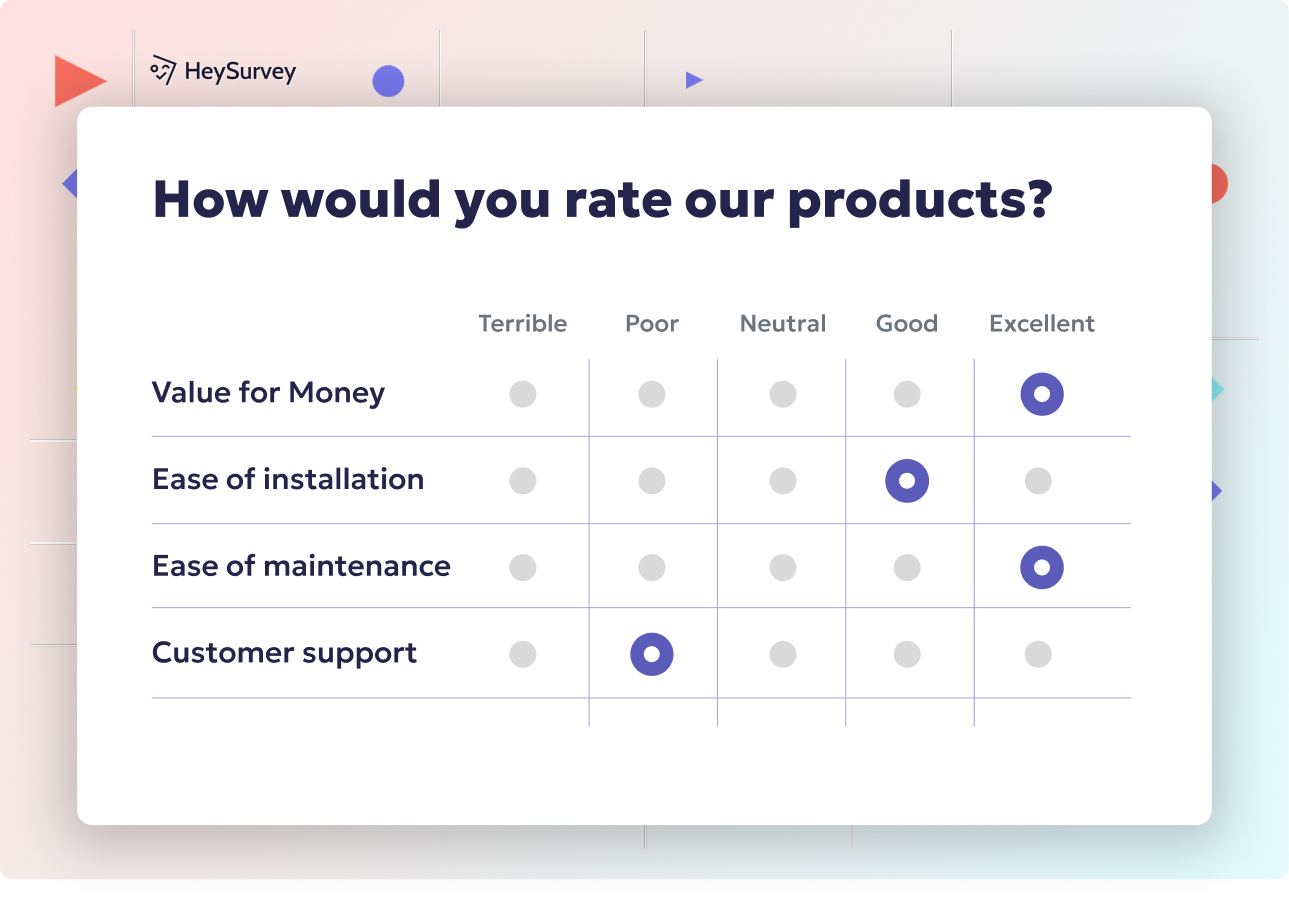
30+ Health Care Satisfaction Survey Questions: Templates & Tips
Explore 30 expert health care satisfaction survey questions across six types to boost patient fee...

31 Body Image Survey Questions: Types, Usage & Best Guide
Discover 35 expert body image survey questions across 7 proven types to measure body satisfaction...
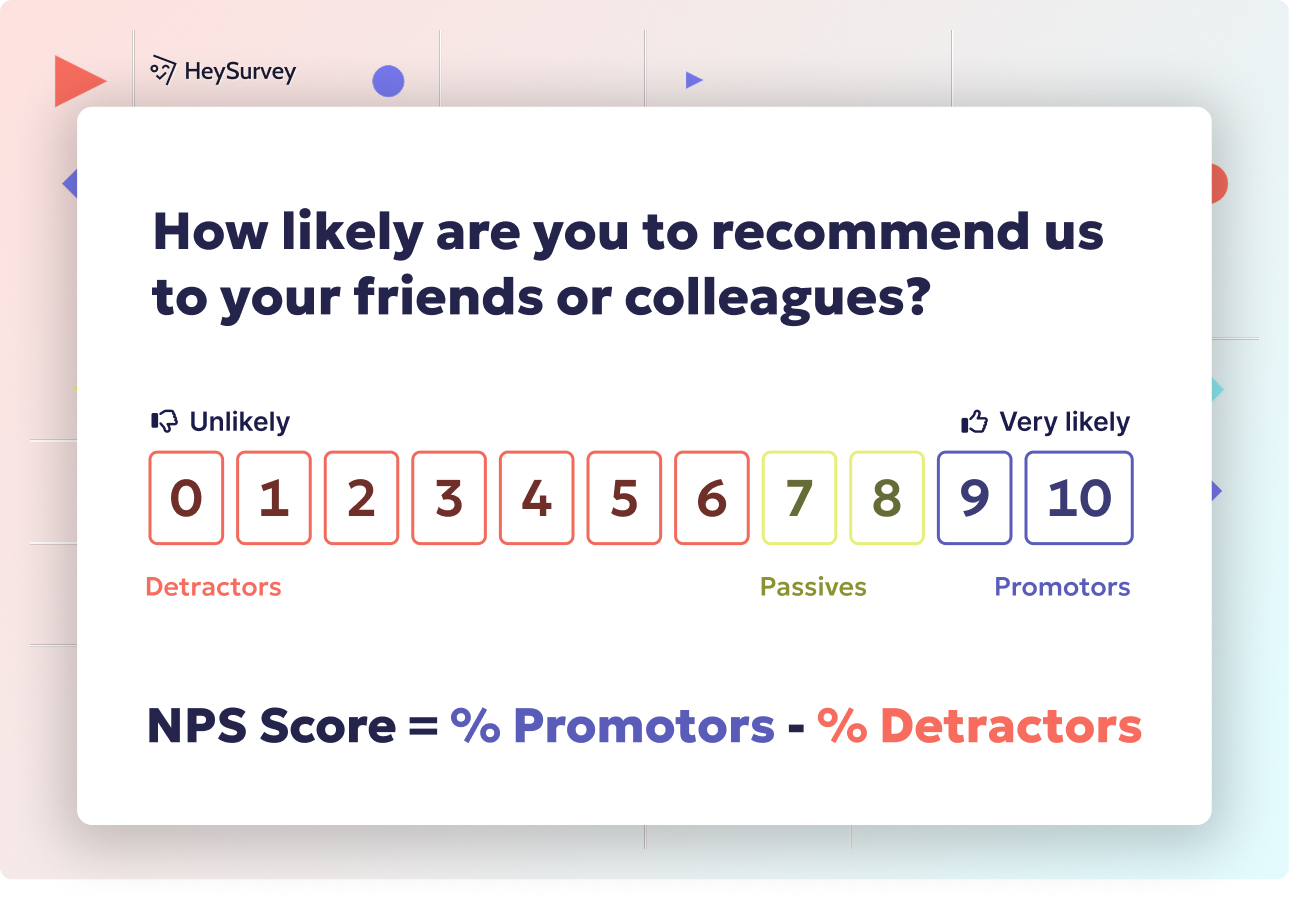
31 Essential Domestic Violence Survey Questions: Types & Uses
Explore 30+ domestic violence survey questions covering types, uses, samples, and best practices ...
